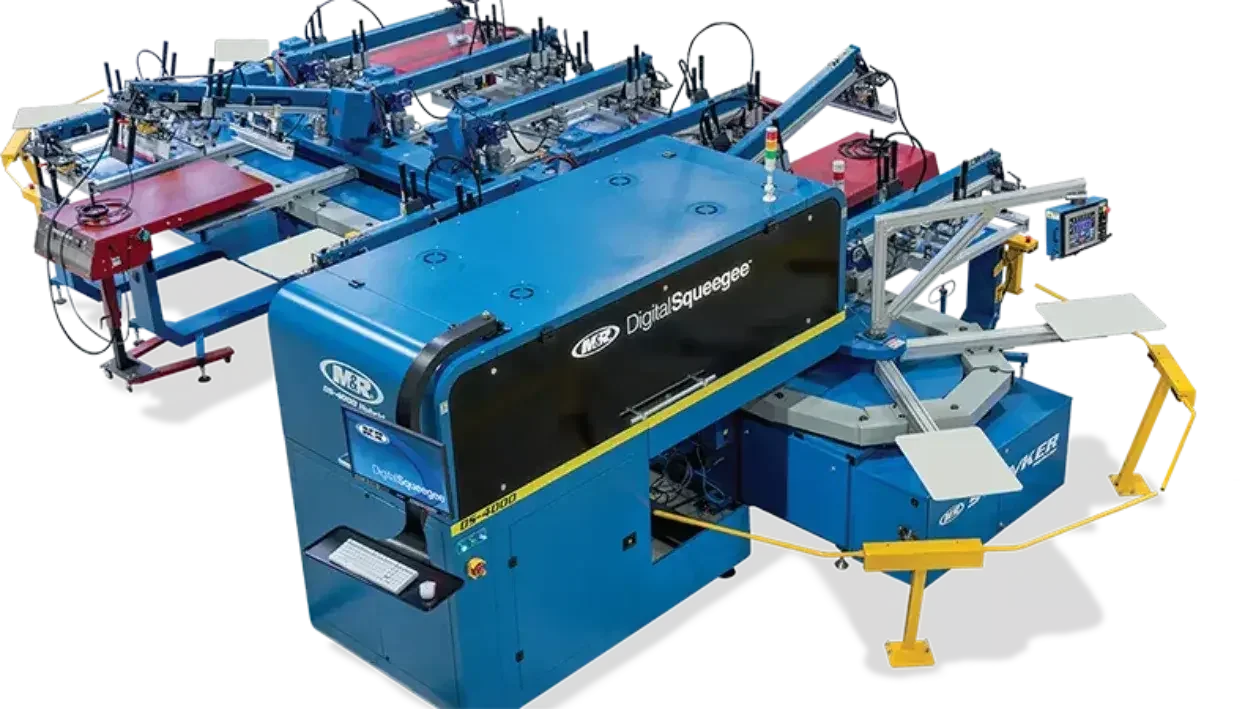Digital Printing
Screen Printing
Meet the Digital Squeegee
Author
FESPA Staff
Published Date
21/05/2021
Become a FESPA Member
to Continue Reading
